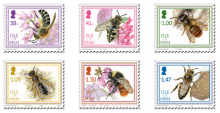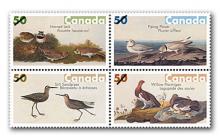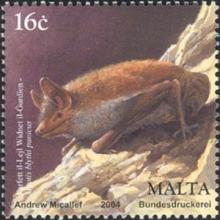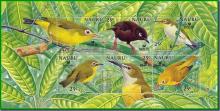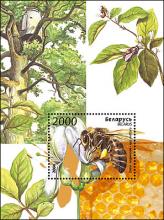EFSA assessment of the scientific information from the Italian project “APENET”
The European Food Safety Authority was asked by the European Commission to assess the scientific information on some neonicotinoids (i.e. thiamethoxam, clothianidin and imidacloprid) and fipronil gathered by the Italian authorities with a funded project named “APENET” and to identify whether this new scientific information might require a change in the assessment of these substances as regards their effects on bees. APENET is a multidisciplinary monitoring and research project, mainly aimed at evaluating the bee health status, the dust dispersal during the sowing of maize coated seeds with thiamethoxam, clothianidin, imidacloprid and fipronil, the lethal effects on bees exposed to this dust, and homing behaviour and orientation effects. Potential synergism between clothianidin and bee pathology was also considered. EFSA evaluated in particular the scientific information as reported in the project report from 2011 (APENET, 2011), which was brought to the attention of the European Commission.


